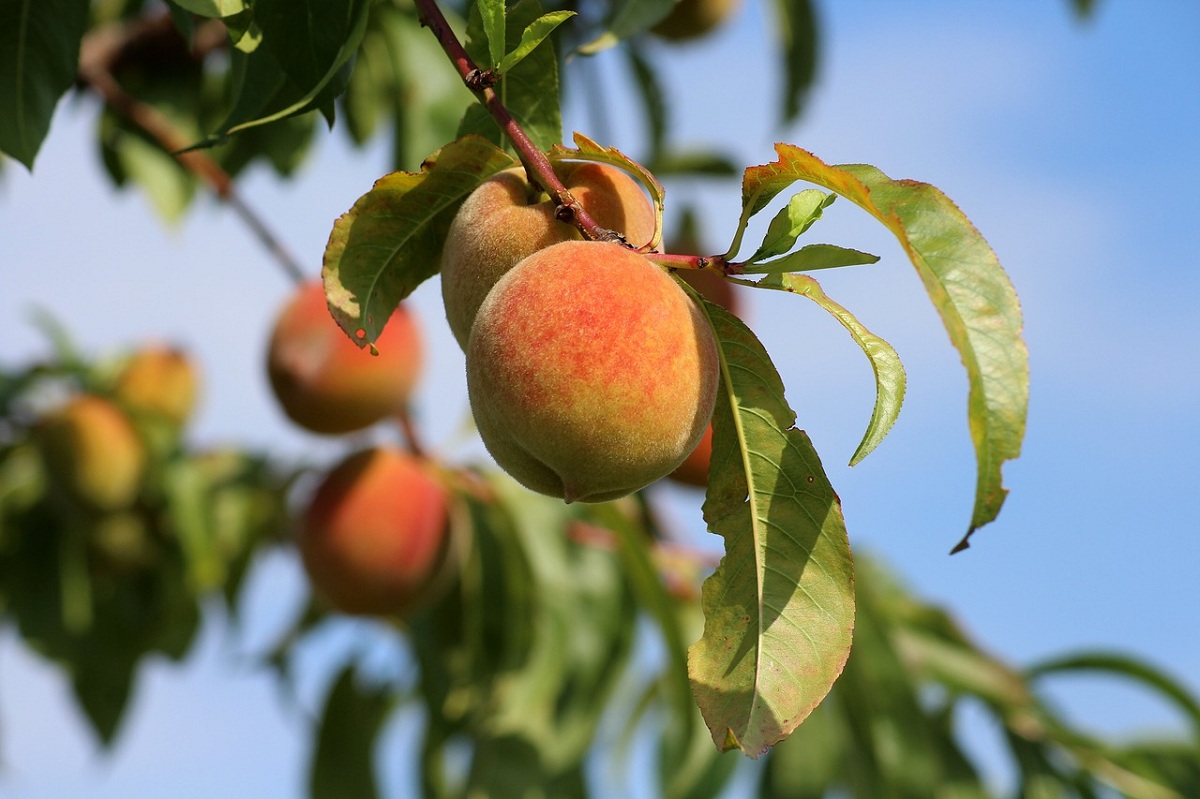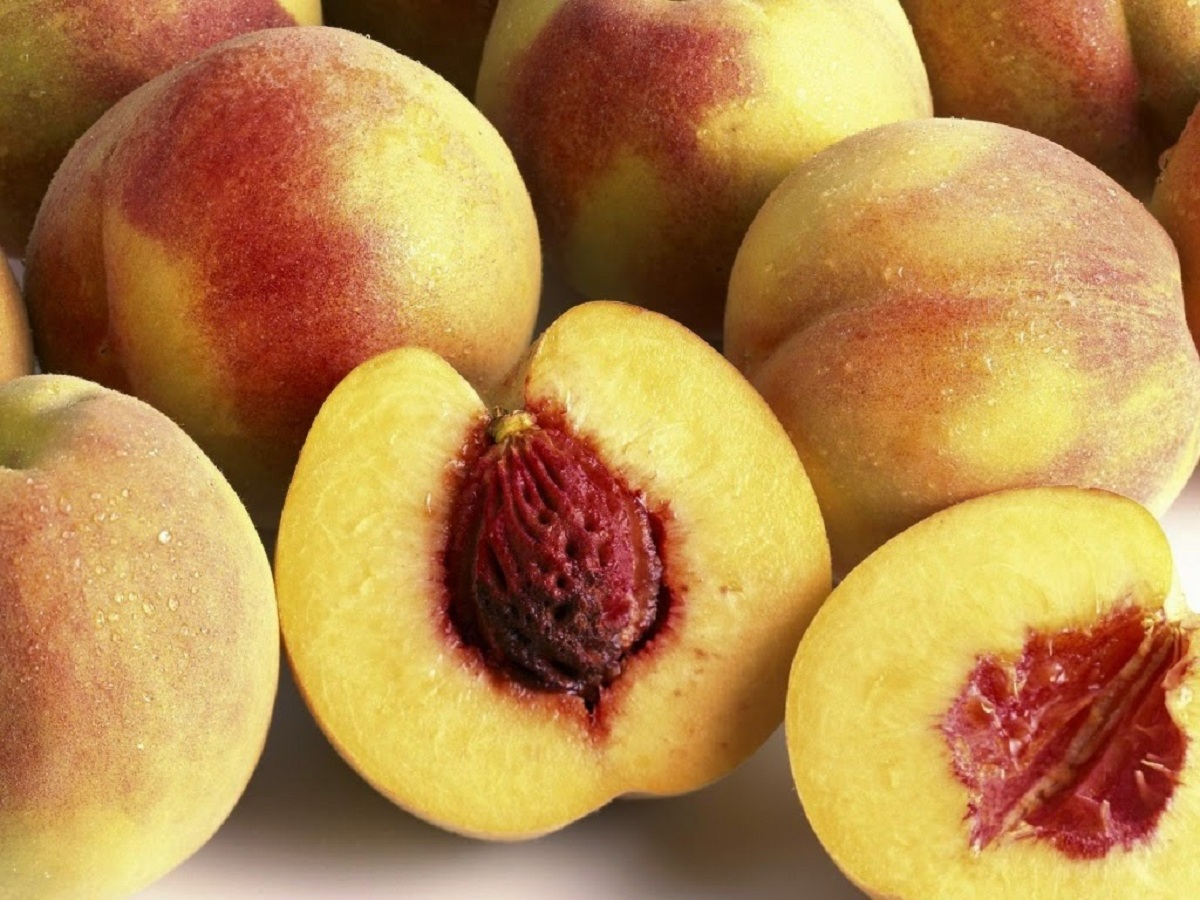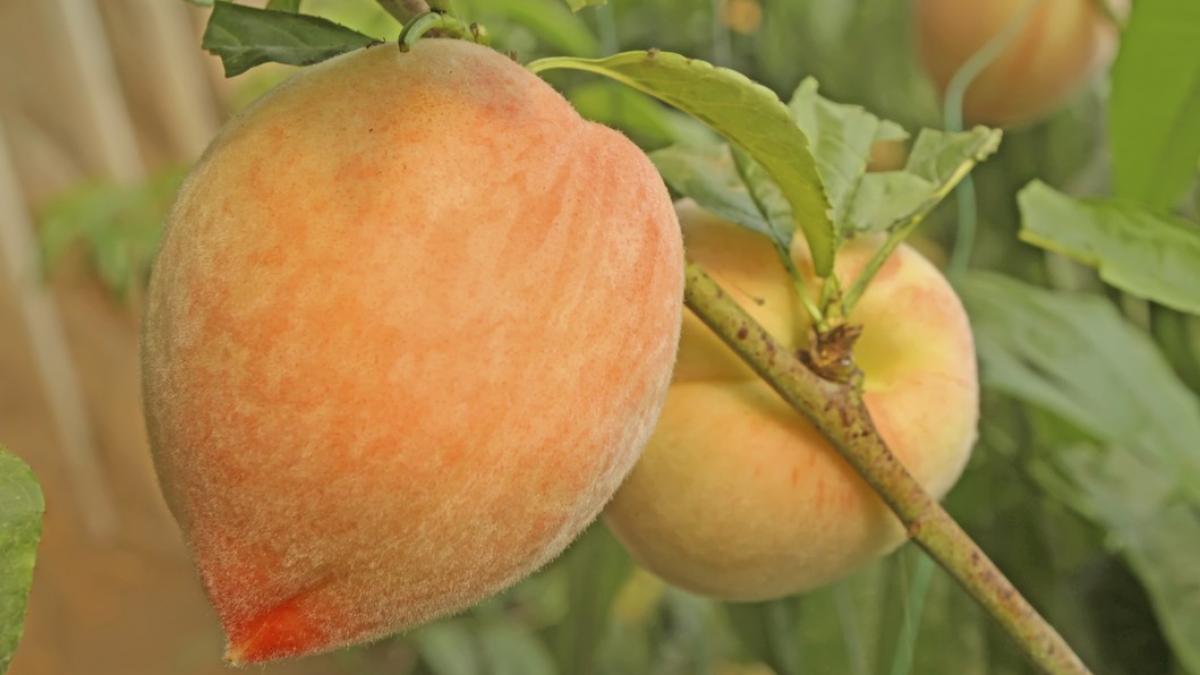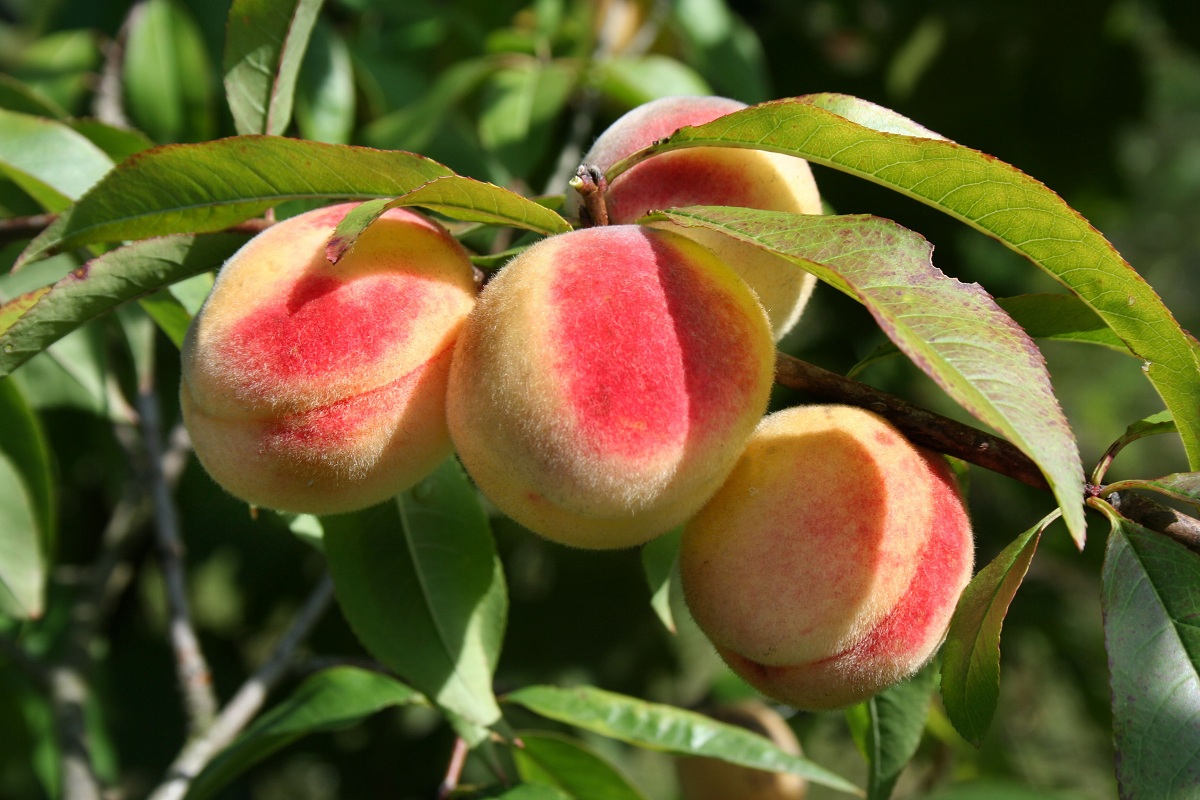
The peach, also known as the peach tree or Prunus persica, is a tree from China, Iran and Afghanistan, imported to Europe by the Romans. Its fruit is highly prized in most of the world for its sweet taste and meaty quality, and many people decide to plant their own trees in their gardens. Learn how to germinate peach seeds It can be quite complicated if you don't have a foundation on it.
Therefore, in this article we are going to tell you how to germinate peach seeds correctly and what are the main aspects that you should take into account.
How to germinate peach seeds
It is not always easy to germinate the seeds of some fruit trees. If you plan on trying to grow your own peaches or peach trees, follow the steps below to learn how to germinate peaches carefully, and have some patience, as this is a time-consuming process:
- Get the seeds of this fruit. They offer the most peaches or peaches you can find, although there is no doubt that you can buy them too.
- To extract the peach seed, remember that it will be covered with a bone that must be removed. To do this, leave it at home for 3 to 5 days at room temperature and remove organic debris. In this way, it will dry out and the wood will become more brittle.
- Use pliers or a hammer to carefully break the pit and remove the seed inside without damaging it.
- After obtaining the seeds or seeds, soak them in a glass of water for a whole day. You will notice how they gain a lot of volume when hydrating in 24 hours.
- Take a napkin or a piece of absorbent paper and fold the seeds in after they are wet.
- Wrap the paper in a piece of aluminum foil and then Store it in the refrigerator at a temperature of about 5ºC in a drawer.
Check the condition of the napkin every day or every few days. If it has dried out, moisten it again and check for fungus. After about 30 days, maybe a little longer, the peach seeds will germinate and are ready to be transplanted into pots.
Necessary care
Once your peaches begin to sprout, it is important to consider the following aspects to prepare for growing and caring for sprout peaches:
- Substratum: Prepare a pot, the substrate is rich in organic matter. A great combination to compost is to use coconut coir mixed with 50/50 pinworms. You have to bury the seeds in the substrate, making sure that the roots are down and the depth is not more than one centimeter.
- Moisture and irrigation: After planting the peach seeds, water the pot immediately to moisten the substrate. The soil must always be kept moist, but not too moist, because fungi can appear.
- Lighting: Find an important spot in your home with lots of light, but don't directly illuminate the pot, otherwise the leaves will burn as soon as they appear.
- Watch out for the wind: It is also important to keep the peach buds out of the wind, which will dry them out.
Planting the peach seed
15 days after the first transplant, the peach tree should have grown 6 to 8 leaves. At this point, the small fruit tree will be ready for the final transplant, whether it is moved to a larger pot or outside.
- Planting peaches in pots: If you plan to plant peaches in pots, it is recommended to use seeds that are large enough and do not need to be transplanted again for at least two years.
- Planting peaches in the ground: On the other hand, look for a relatively sheltered spot outdoors, especially if you live in an area with a cold climate. These trees are not very cold hardy, and frost will greatly affect their development and even kill them.
In both cases, find a place with lots of natural light to avoid shadows.
Care that the peach tree needs
Once we transplant the fruit tree to a larger place, we must consider the following aspects of basic peach care so that it can bring us good fruit:
- Sunlight: As we have just said, the peach tree is a tree that needs a lot of sunlight, so it should not be planted in the shade. However, in areas or climates with lots of sunlight, tree trunks and branches should be painted white to avoid excessive exposure to solar radiation.
- Irrigation: Peach trees need a lot of water and it is required that the soil never gets too dry. If you can use a drip irrigation system it will be the best, but if not, you just have to check that your soil or substrate is always well drained and has a certain degree of humidity, although always avoid puddles.
- Fertilizer: When warmer months roll in, this tree will also appreciate good compost and will provide an extra supply of nitrogen for young peach trees.
The peach is adapted to temperate zones. It is not very resistant to severe cold, and the continuous temperature below zero will damage the development of its buds, but it does prefer winters where the temperature is between 5ºC.
As for the lamp, it requires a large dose of radiation, so it is not necessary to place it in a cool place. On the other hand, pay attention to excessive sunlight on tree trunks and branches. If so, it needs to be painted (this is why we often see some fruit trees with white trunks). It likes deep soil with good drainage, if there is water around the roots it can easily suffocate.
We must pay attention to the yellowing of iron, which can occur in very calcareous soils, because peach trees are very sensitive in this regard. The three main minerals that peach trees need are the three minerals that make up NPK, nitrogen, phosphorus, and potassium. For young growing trees we will provide an extra Nitrogen so that they grow vigorously.
Add a good amount of compost or manure around the trunk (or purchased compost) especially at the end of the winter season (beginning of budding) and during flowering.
I hope that with this information you can learn more about how to germinate peach seeds.


